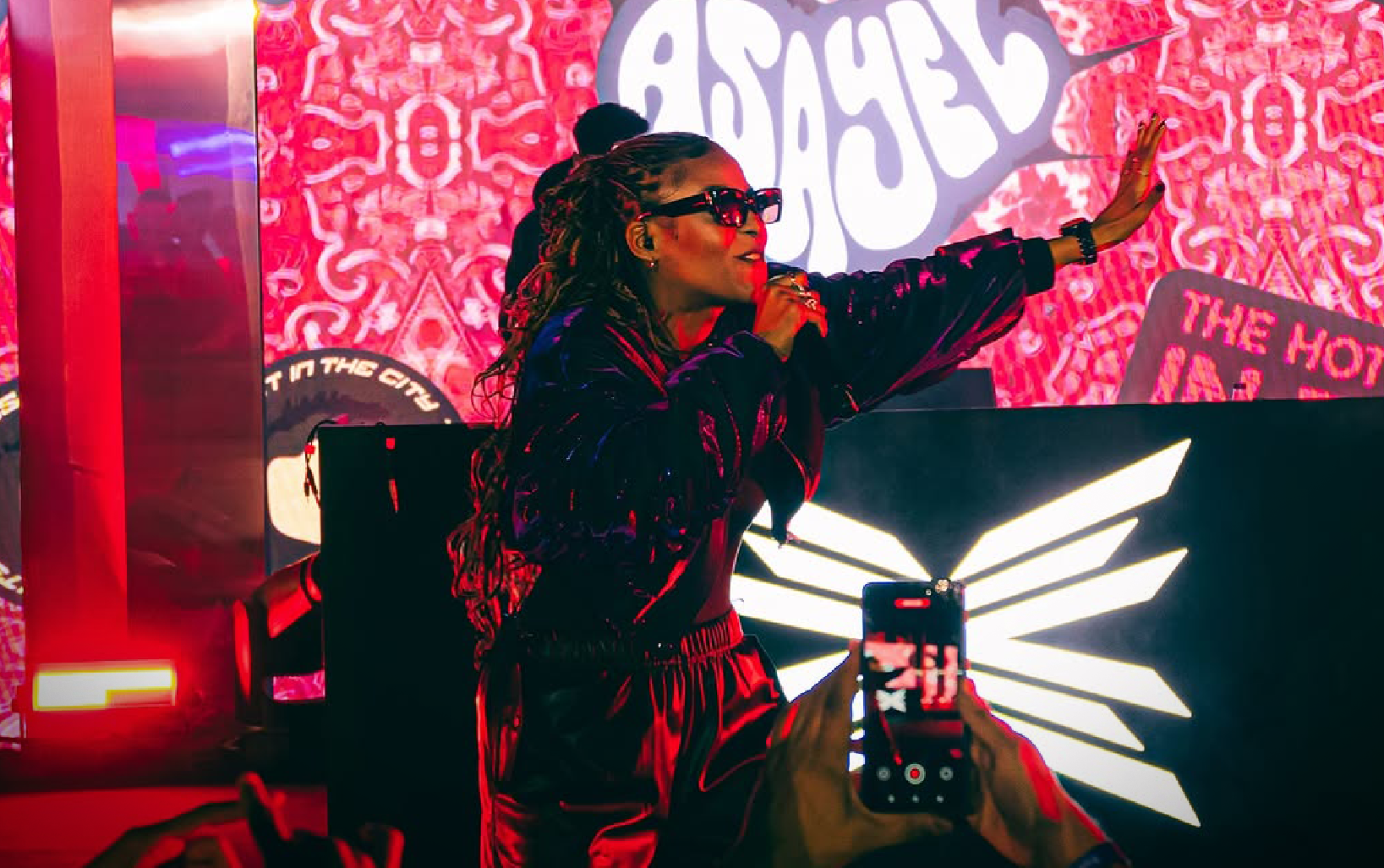

XP Insights: Iconic Arabic Musical Ads Throughout the Decades
By Youssef Ali
March 28 2025
XP Insights: Iconic Arabic Musical Ads Throughout the Decades
By Youssef Ali
March 28 2025
Since the advent of television broadcasting in the 1950s across most Arab countries, music has been closely intertwined with advertising, becoming a fundamental part of the commercial experience. Over the decades, advertising music has developed its own traditions and even its own specialized artists. Whether promoting local or global products, be it food, medicine, or other consumer goods, jingles and animated songs have always been the preferred medium—relying on short, catchy phrases accompanied by melodies tailored specifically for advertisements. These compositions have ranged from classical to contemporary, drawing inspiration from popular music trends at the time or even from heritage tunes, carefully selecting fast-paced and energetic segments that align with the ad’s visual direction.
From the 1960s to the mid-1980s, advertising songs dominated the landscape, occasionally featuring the voices of popular musicians of the era. For instance, archival material reveals an Egyptian commercial for “Khedr El Attar” featuring Ahmed Adaweyah, with music and lyrics closely resembling his signature style. By the 1990s, as media platforms evolved, advertising began incorporating global and regional pop hits, with renowned artists such as Amr Diab, Samira Said, Angham, and Cheb Khaled participating in major local and international campaigns. At another point, we saw artists who became closely associated with specific brands—like Amr Diab, who became a regular face for major soft drink and telecom companies, seamlessly integrating his songs into commercials as a form of cross-promotion that benefited both his music and the brands.
In the past decade, advertising has undergone a significant transformation, merging traditional promotional jingles with pop and heritage music. Brands have increasingly commissioned custom-made advertising songs, either by repurposing lyrics from existing tracks or creating entirely new compositions centered around themes and values that resonate with their audience. This shift has strengthened collaborations between musicians and actors in commercials, leading to brands assigning specific themes and artists to align with their target demographics.
Across most Arab countries, music has played a pivotal role in advertising, forging a deep connection with audiences and establishing its own unique traditions and specialized performers. When it comes to showcasing a local or international product, from food to pharmaceuticals, there has been no better choice than animated or live-action musical ads—built on short, memorable phrases set to melodies crafted specifically for commercial appeal. These melodies have drawn tunes from classical and contemporary genres, adapting to the popular music styles at that time, or even incorporating traditional music, selecting lively, fast-paced segments that seamlessly blend with the ad’s visual narrative.
Additionally, social media platforms have become a driving force in shaping advertising music, providing space for diverse genres such as hip-hop and trap while also reviving folk, heritage, and classical music. This has expanded the variety of promotional content and made it more relevant to different audience segments.
Here’s a selection of notable advertising jingles throughout history:
Egypt: A Hub for Musical Experimentation
As one of the largest advertising markets in the region, Egypt has welcomed collaborations from across the Arab world. One standout commercial from recent years is “Shahn w Shabraga” by Oka & Ortega featuring Ahmed Sheiba, which showcased the dominance of mahraganat and shaabi music in securing top-tier telecom campaigns.
Zain’s 2022 ad “Sawt Al-Eid” is also an iconic example, as it features Ahmed Saad and young talent Celia Mohammed Saad. The ad captures the shared joy of Eid across various communities, using rich auditory and visual elements to evoke feelings of happiness and celebration.
Additionally, Orange Egypt’s (formerly known as Mobinil) “Iftaḥ Qalbak W A’rafni” brought together Bahaa Sultan, Ahmed Adaweyah, Mohamed Fouad, and actress Bushra for a memorable collaboration. Meanwhile, Banque du Caire’s “Ashan Nefham Ba’d” united Cheb Khaled and Mohamed Mounir in a fusion of classic electronic, rai, and jazz arrangements.
Wegz also made an early mark in advertising with “Demagh Tanya” for Etisalat, featuring Ahmed Basyouni, Abdel Basset Hamouda, Disco Misr, and others. And finally, Amr Diab marked two decades as Pepsi’s brand ambassador with a celebratory campaign highlighting their long standing partnership.
North Africa: Reviving Heritage Through Advertising
In North Africa, traditional music has been prominently featured in advertising. This was evident in Moroccan singer Saida Charaf’s collaboration with the money transfer service “Mony,” as well as Ooredoo Tunisia’s World Cup song, which drew inspiration from the folk classic “Sidi Mansour”.
Afrobeat and hip-hop have also secured a strong presence in advertising, particularly as artists from these genres gain traction on regional and global streaming charts. One notable example is Ooredoo Tunisia’s ad featuring “Requin”, a hip-hop collaboration between Black Hoodie, Brotherhood, Ta9chira, Ktyb, and 4lfa.
GCC: The Gulf Turns Advertising Into Shared Festivities
The Gulf advertising market has undergone significant diversification in recent years, incorporating many of the previously mentioned trends. However, its greatest strength lies in its ability to convey a strong sense of collective celebration. A prime example is Zain Telecom’s Gulf Cup campaign, which effectively harnessed classical melodies and specially composed chants to capture the excitement of major sporting events.
National celebrations also play a key role in this distinction. The “Ghlak Akbar” song by Mrsool for Saudi Arabia’s 93rd National Day is a striking example of this patriotic branding. Additionally, humor remains a key ingredient in Gulf advertising, particularly when incorporating shaabi music—one of the most memorable cases being Rauch “Yabliah Shanab”, a comedic ad by Rauch Kuwait.
Indie and Classical Music in Advertising
Elsewhere, indie music has maintained its distinct presence in advertising, such as in Orange Jordan’s “Ramadankom Kareem” campaign last year. Meanwhile, some brands have revived older advertising classics, as seen in “Ya Ḥala Jallabb” by Kassatly Chtaura—a nostalgic Ramadan jingle from Lebanon, originally produced in 1987 and reintroduced in a remastered version last year. The song’s melody is based on “L’amour Est Cerise”, a sentimental French ballad from the 1980s by Jean Ferrat.
Share this


